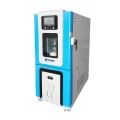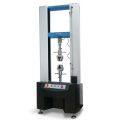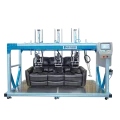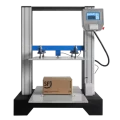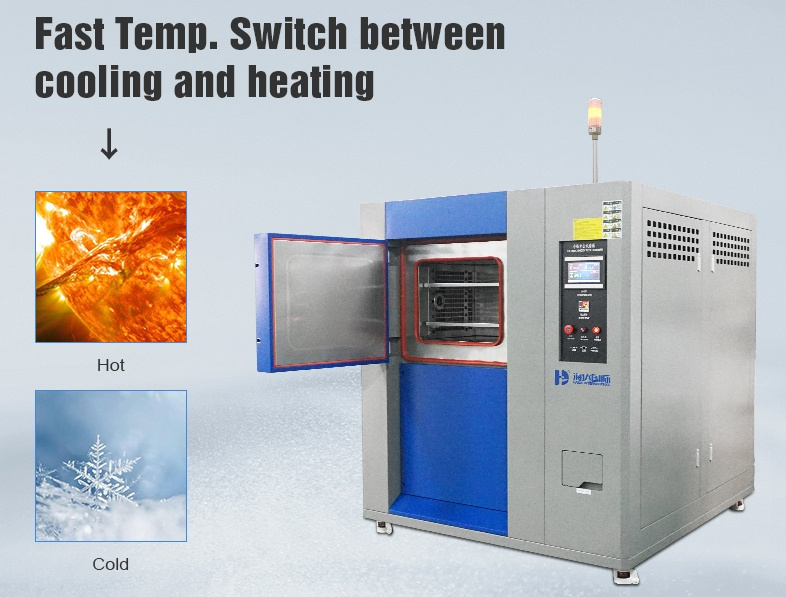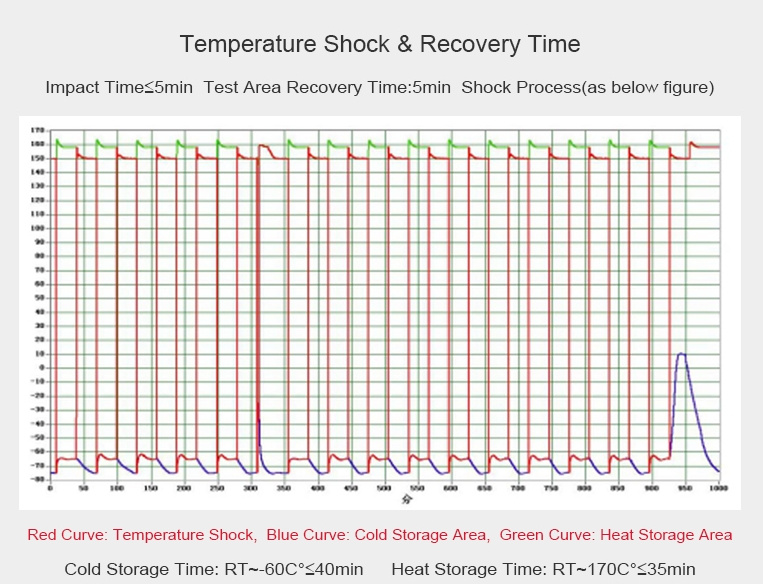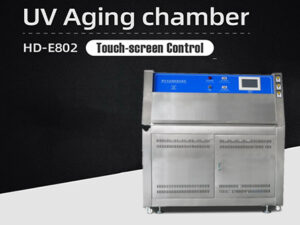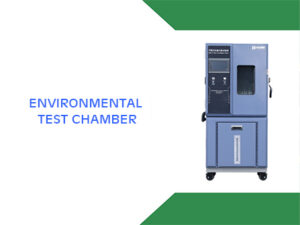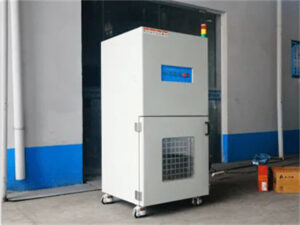A thermal shock chamber, also known as a hot and cold shock test chamber, is an important piece of equipment used in various industries to test the durability and reliability of materials and products when exposed to extreme temperature changes. These chambers are designed to quickly transition test samples between hot and cold temperatures, simulating the harsh environmental conditions that products may encounter during use or transportation. In this blog, we’ll explore the functions and special features of a thermal shock chamber, as well as how to operate the test sample within it.
Functions:
1. Rapid Temperature Transitions: One of the primary functions of a thermal shock chamber is to quickly and accurately transition test samples between hot and cold temperatures. This allows for the simulation of rapid temperature changes that products may experience in real-world scenarios.
2. Temperature Uniformity: Thermal shock chambers are equipped with systems that ensure uniform temperature distribution within the test chamber, guaranteeing consistent and accurate test results.
3. Safety Features: These chambers are designed with safety in mind, incorporating features such as overheat protection, emergency stop buttons, and automatic shut-off mechanisms to ensure the well-being of operators and prevent damage to test samples.
Special Features:
1. Programmable Control Panel: Thermal shock chambers are equipped with advanced control panels that allow operators to program and customize temperature cycles, dwell times, and other test parameters.
2. Multi-zone Testing: Some thermal shock chambers feature multiple testing zones, allowing for the simultaneous testing of different samples at varying temperature conditions.
Operating the Test Sample:
When operating a test sample within a thermal shock chamber, it is important to carefully follow the manufacturer’s guidelines and instructions. The test sample should be securely placed within the chamber, ensuring that it is properly exposed to the hot and cold temperature transitions. Additionally, operators should monitor the test process closely and record any observed changes or failures in the test sample.
In conclusion, thermal shock chambers play a crucial role in testing the reliability and durability of products in extreme temperature conditions. By understanding the functions and special features of these chambers, as well as how to properly operate the test sample within them, industries can ensure that their products meet the highest quality standards.


